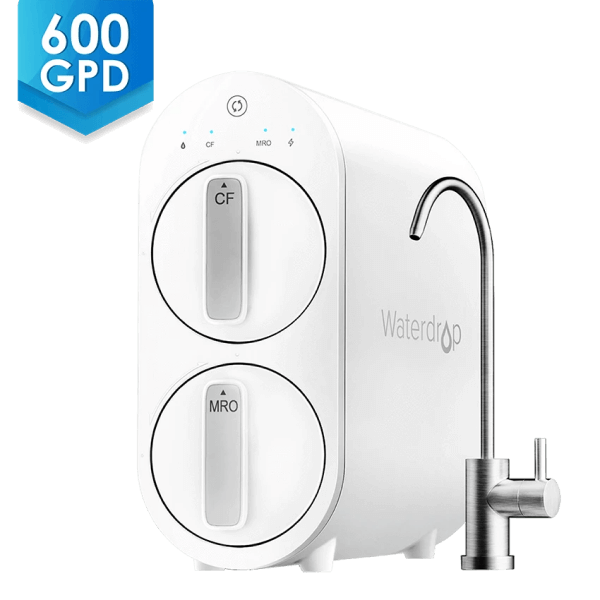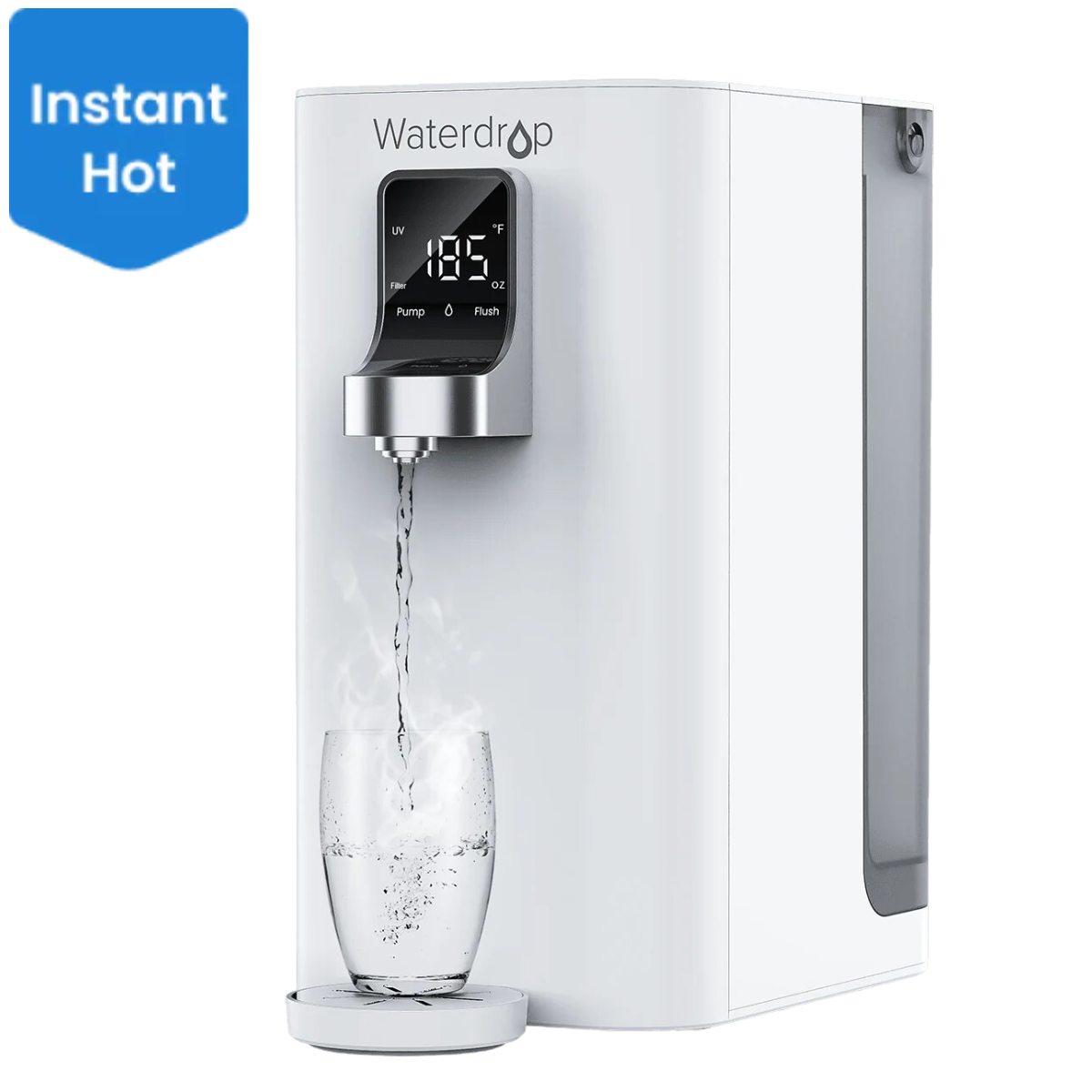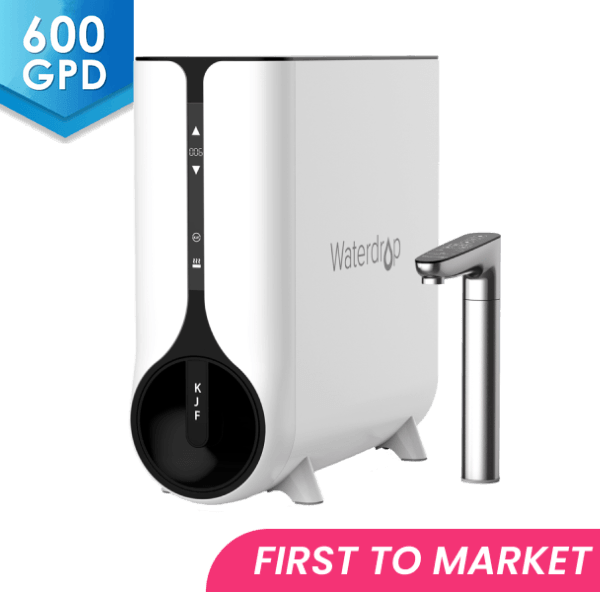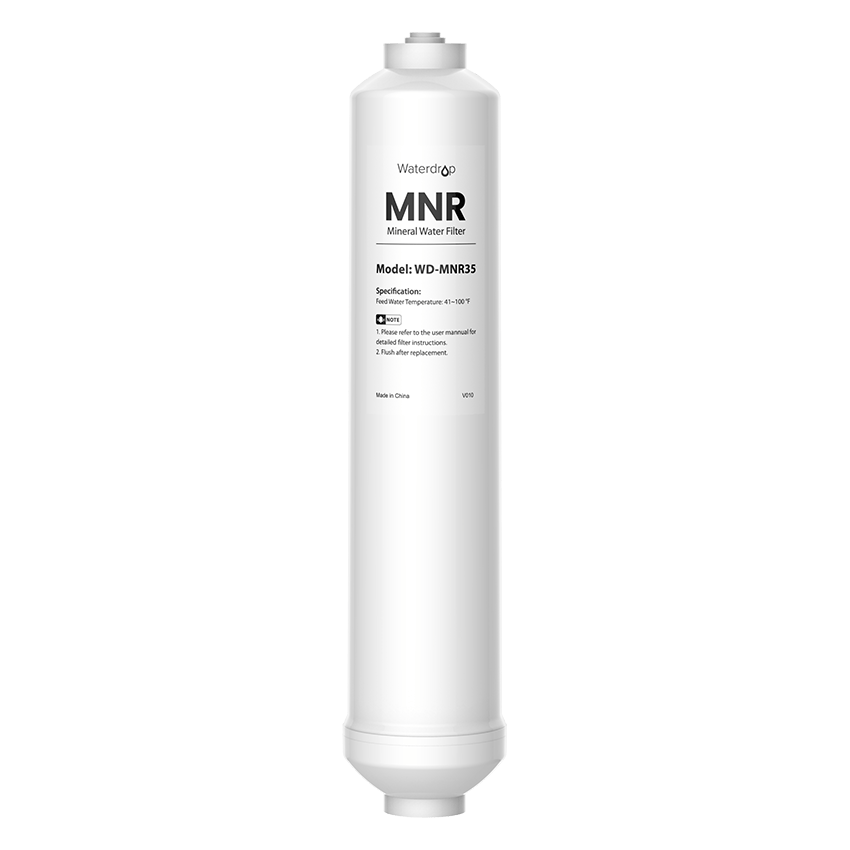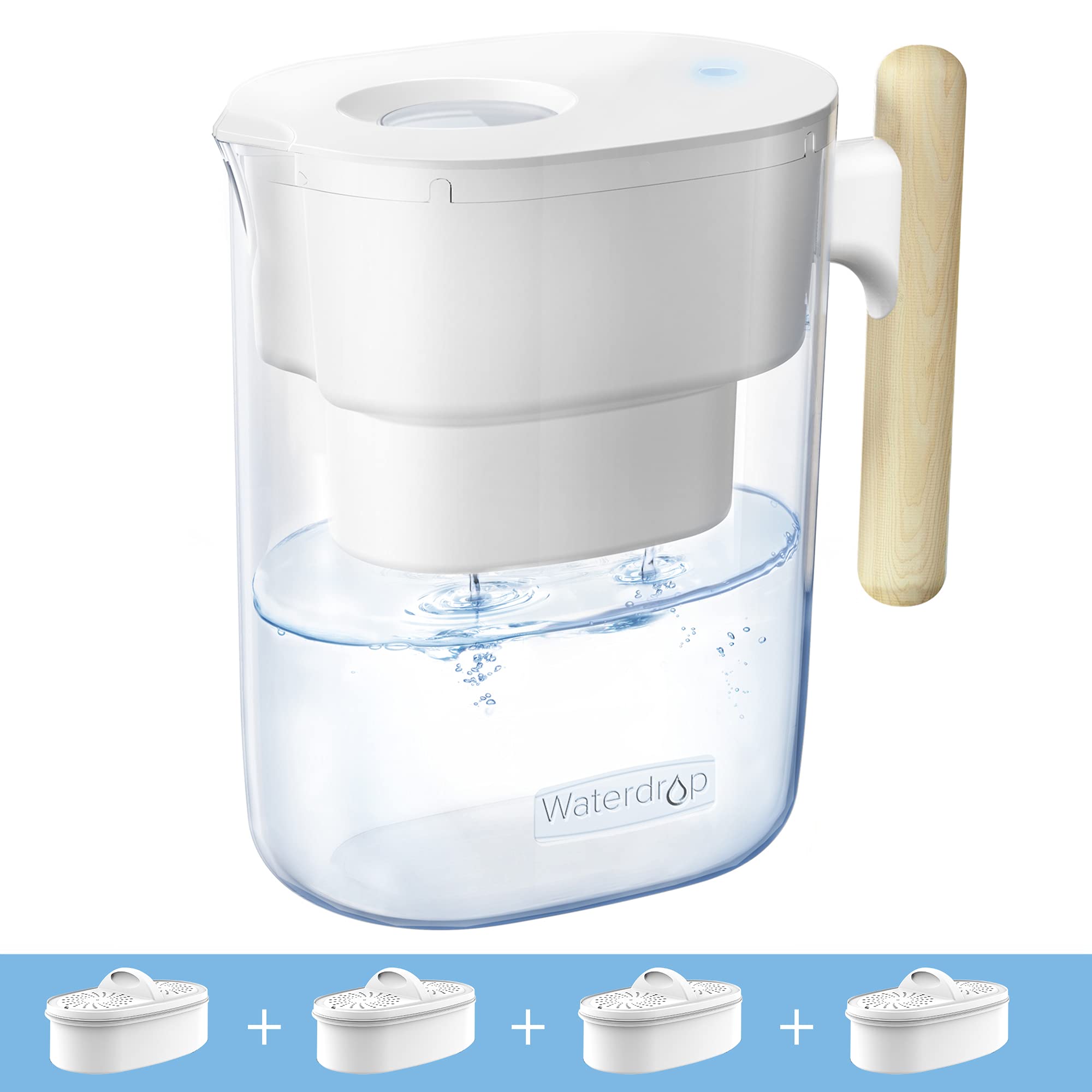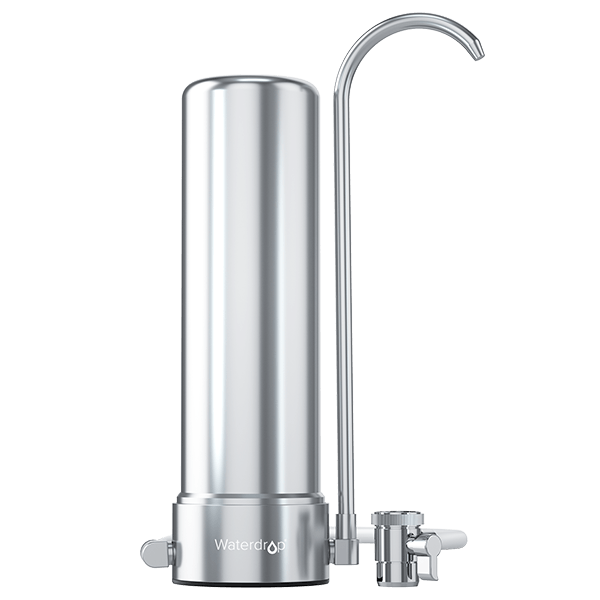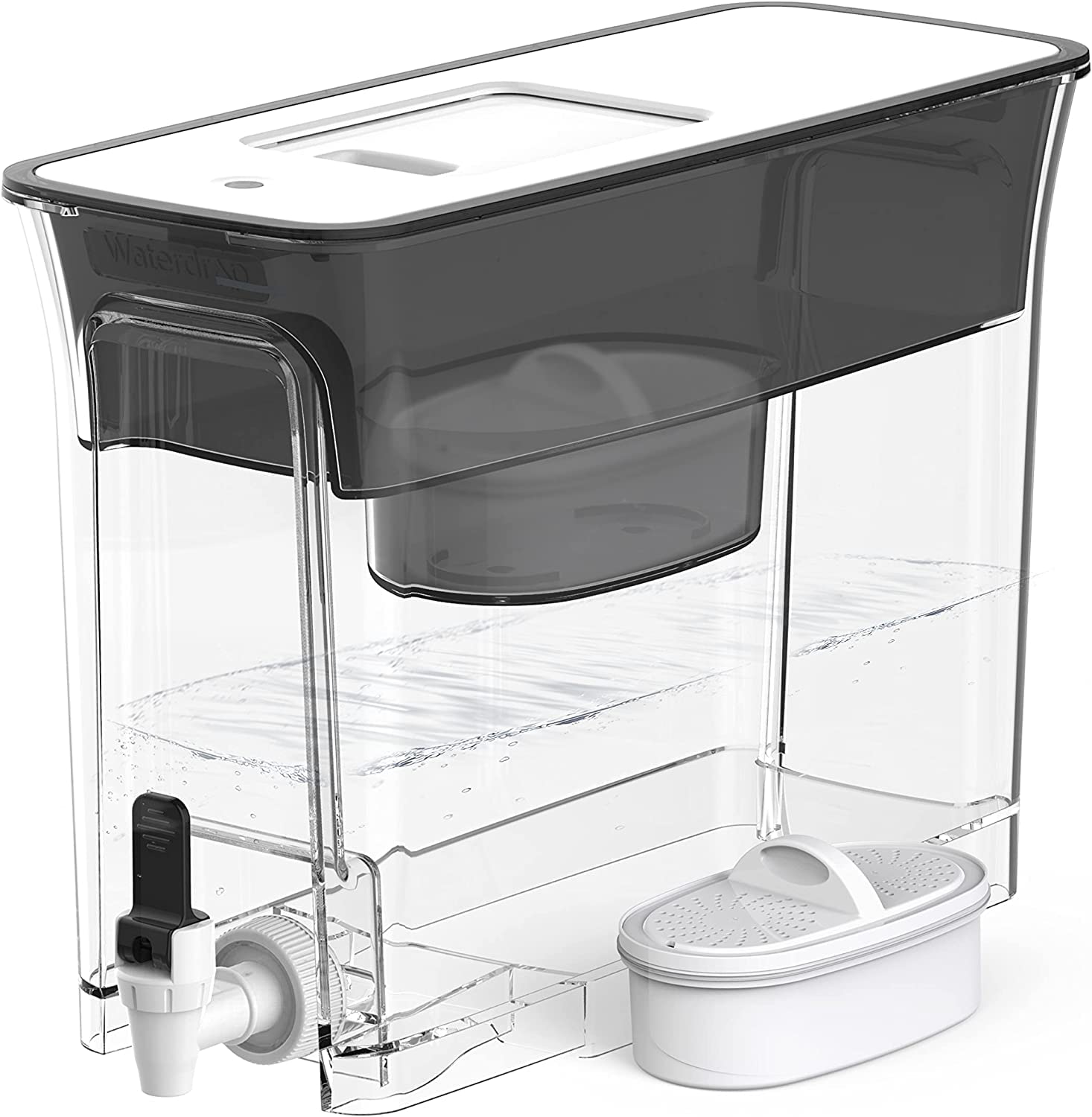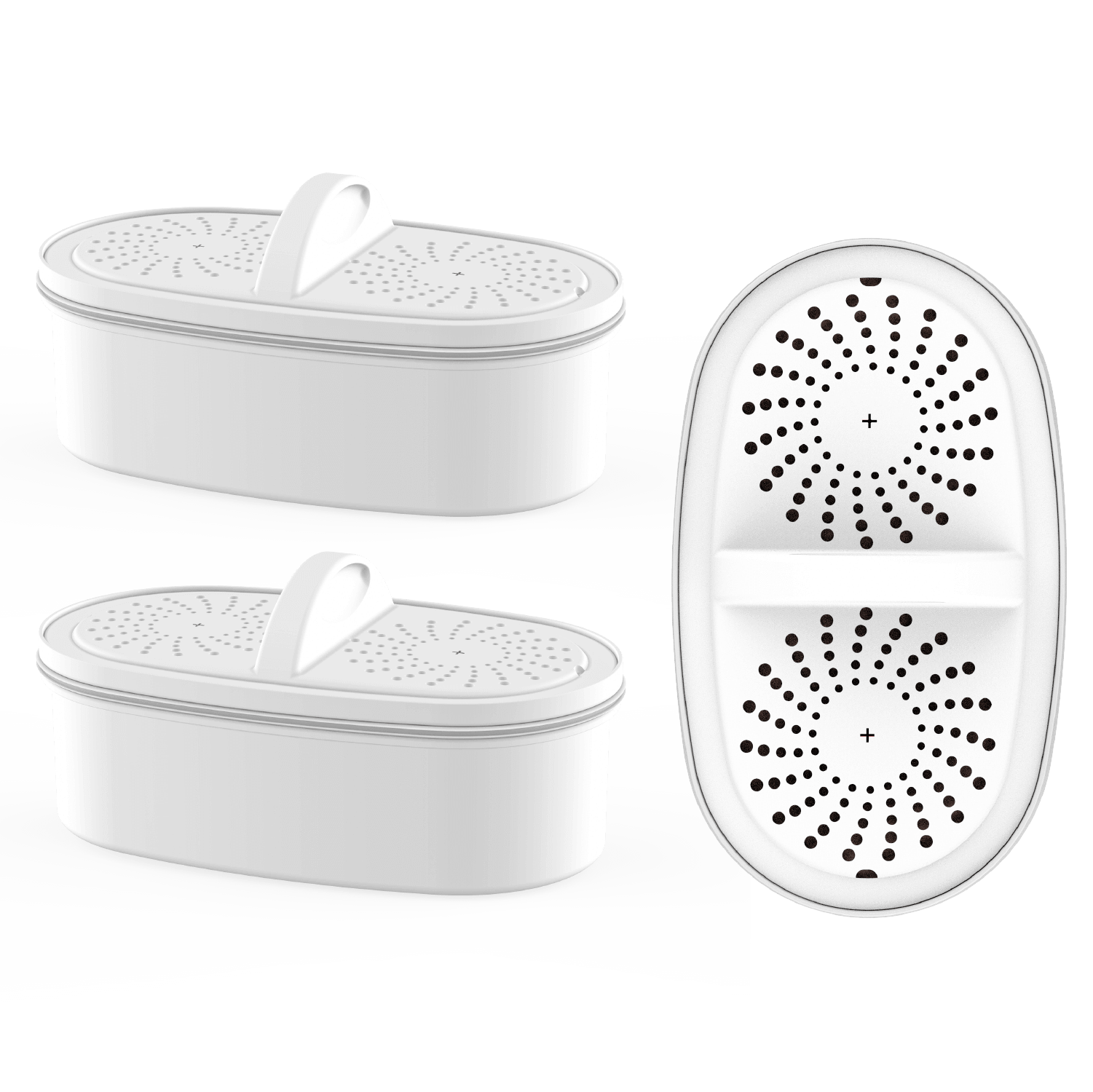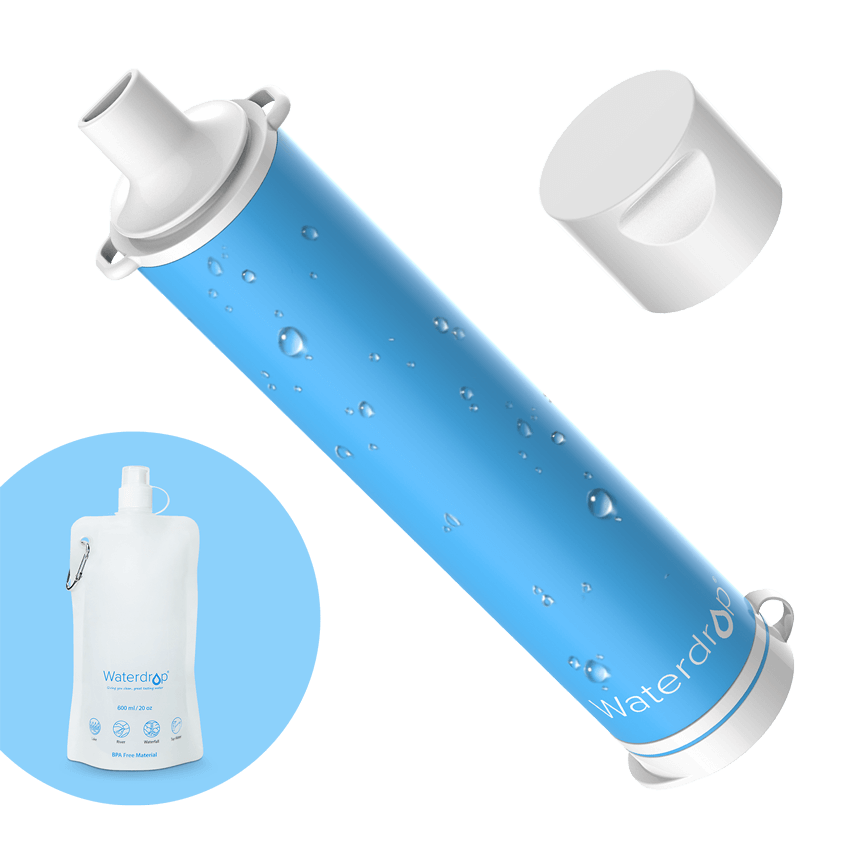The New Delta Variant And Its Implication On Drinking Water Safety
by Dr. Jonathan Doyle - Updated August 10, 2021
As of July 22, the COVID-19 Delta variant has been confirmed in about 80% of COVI-19 UC Davis Health patients. The CDC also reported that this new variant is responsible for over 80% of new COVID-19 cases across the country. According to the experts, the high contagious rates of the new strain are not unexpected, considering new strains are always more developed and easier to transmit among people.
The Risk Is Higher for People without Vaccines.
People who are yet to complete their COVID-19 vaccination are at a higher risk of the new Delta variant. Areas like Alabama, Arkansas, West Virginia, Missouri, and other cities in the Southern and Appalachian states have relatively low vaccination rates. They are more likely to be hit with the new wave. It is important to note that some of these states have lifted restrictions because the rates of cases are lower, while others are battling with increasing numbers of cases.
Another set of individuals at risk include young people and kids. For example, the United Kingdom authorities recently published a study that revealed that children and adults below the age of 50 are 2.5x more likely to be infected with the Delta variant. While there are no vaccines yet suitable for children of ages 5-12 in the United States, a few countries already have authorized vaccines for young children and adolescents who want to be vaccinated.
Having more older people vaccinated is considerable progress, but the unvaccinated younger people automatically become more exposed to any and all of the COVID-19 variants. It is even more worrisome that the Delta variant tends to target younger age groups.
Is Tap Water Safe to Use for Hand Washing?
Using tap water for handwashing should not be a problem, considering most people already use and drink the same water. However, experts advise the general public to wash hands regularly with soap for at least 20 seconds. You can find more on this in the CDC’s handwashing guidance.
Can Anyone Contract The Delta Variant from Drinking Water?
According to the World Health Organization (WHO), there is no scientific evidence to suggest that been scientifically proven that drinking-water supplies contain the virus. Therefore, it is safe to say that water supplies will not spread the new variant.
The present evidence from the CDC confirms that the only way the delta variant spread is through close physical contact with an infected person or when an infected person sneezes or coughs.
If your water comes from a public water utility, we advise that you reach out to your provider to know the type of treatments they adopt. For example, public water providers often use disinfectants like chlorine and other filtration methods to eliminate contaminants in your tap water before it gets to your home.
Owners of private wells are advised to adopt the necessary treatments to remove the pathogens in their drinking water, including viruses, bacteria, and other pathogens.

How Do You Remove Viruses from Water?
Boiling.
Leaving your water at a rolling boil for about a minute will kill viruses in water, ensuring your drinking water is free from contaminants.
Disinfection.
The two popular disinfectants used for water disinfection are chlorine and iodine. Chlorine is more prevalent among municipal water suppliers. However, private well owners can only determine an effective disinfection method after testing their well water. Depending on the findings, they can adopt a high dose of chlorine (shocking) or other chemicals. The amount of chlorine (or the chemical chosen) depends on the well’s depth, presence or absence of biofilm, temperature, and pH of the water , and other factors. It is important to ensure the right chemical concentration for disinfection to avoid poisoning.
Installing a RO water filter system.
Research has shown that the coronavirus particles have a diameter of about 0.1 micrometer or 100 nanometers. Therefore, only a filter membrane with a smaller pore size can block them. That is why we are recommending the Waterdrop’s reverse osmosis system with a pore size of 0.0001 micrometers or 0.1 nanometers. The filter can conveniently remove various virus particles from the filtered water, alongside several other harmful contaminants.
Reverse osmosis systems are a much better and more efficient source of clean and healthy water than most bottled water brands. According to the National Resources Defense Council, over 25% of bottled water is just tap water packaged in a bottle.
So, when you get a reverse osmosis water filter system, you can rest assured of getting clean and safe water at all times. Perhaps, you are worried about the cost? Do not be. The cost of this Waterdrop’s RO system is somewhere around 30 cents daily, while you enjoy healthy water with a consistent taste regularly.
The filtration accuracy of the Waterdrop RO system is 0.0001 micrometer, which makes it effective against most contaminants in tap water. The filtration technology ensures your drinking water is free of viruses, bacteria, chemicals, heavy metals, and TDS. In addition, there are several sensors to indicate the TDS value, filter life, and quality of water in real-time.


